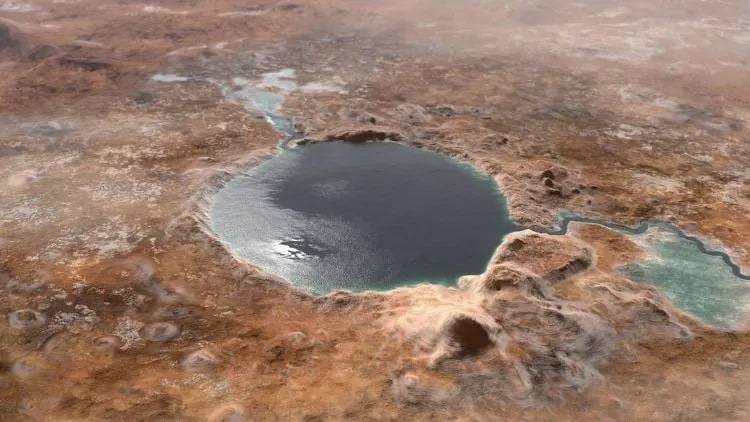
Mars' Mysterious Frost: A Glimpse of Liquid Water?
2025-07-26
Author: Charlotte
Unveiling Mars' Icy Secrets
What if Mars, the Red Planet, isn't as barren as we thought? A groundbreaking study from the University of Arkansas has ignited excitement in the scientific community by revealing that briny water might actually exist on the Martian surface. This revelation could reshape our understanding of potential life on Mars, both past and present.
The Innovative Research
Led by Dr. Vincent Chevrier, an associate research professor at the University’s Center for Space and Planetary Sciences, this study utilized 50-year-old data from the historic Viking 2 mission. The mission was the first to unmistakably detect frost on Mars, and Dr. Chevrier’s research delves into how melting frost during late winter and early spring could lead to the formation of brines.
Crucial Findings
Dr. Chevrier's investigation revealed a critical one-month window in the upper latitudes of Mars, where temperature dips to a bone-chilling -75 degrees Celsius (-103 degrees Fahrenheit) during early morning and late evening. This frigid environment may allow for the brief existence of liquid brines on the surface.
Implicating Habitability
In his conclusions, Dr. Chevrier emphasizes the implications of these findings for Mars' habitability. He states, 'Even minimal frost deposits can contribute to transient brine formation,' suggesting that microenvironments could harbor intermittent liquid water, influencing surface chemistry and geological activity.
Understanding Mars' Climate History
Viking 2 touched down in Utopia Planitia, an enormous Martian plain that mirrors northern Oregon in size. This region is characterized by a unique surface layer, the latitude dependent mantle (LDM), which is a mix of water ice and dust formed during periods of high axial tilt on Mars. Such axial shifts lead to significant climate variation, causing ice caps to evaporate and release frozen water and carbon.
Brines and the Quest for Life
While the study doesn't delve deeply into obliquity, the presence of brines in these high-latitude areas may hold keys to processes that occurred during extreme climatic shifts. Dr. Chevrier proposes that the discovery of these brines could illuminate the current habitability of Mars and how conditions may have once allowed for life.
Future Exploration Plans
Looking ahead, Dr. Chevrier advocates for robotic landers equipped with advanced sensors to directly measure brine formation during these seasonal peaks. Such missions could vastly improve our understanding of how long these liquid water pockets last.
The Awaited Discoveries Await!
What astonishing revelations about Mars' surface brines lie on the horizon? As researchers continue to probe the icy Martian landscape, one thing remains certain: the quest for knowledge about life beyond Earth marches on. So, fellow stargazers, keep looking up and let the science unfold!
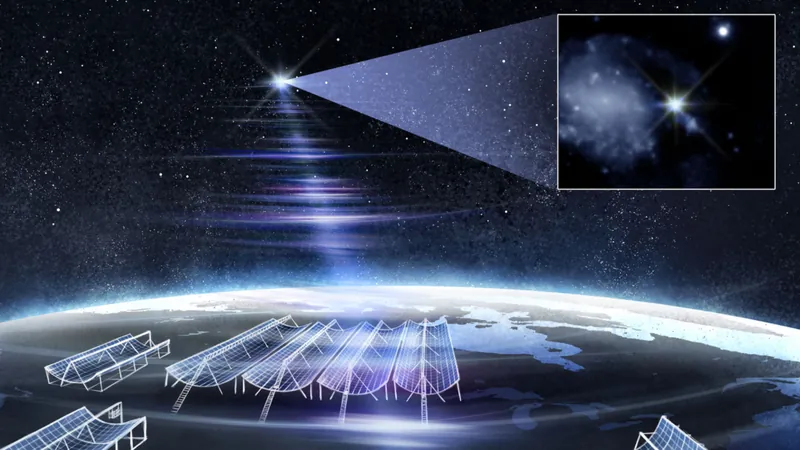
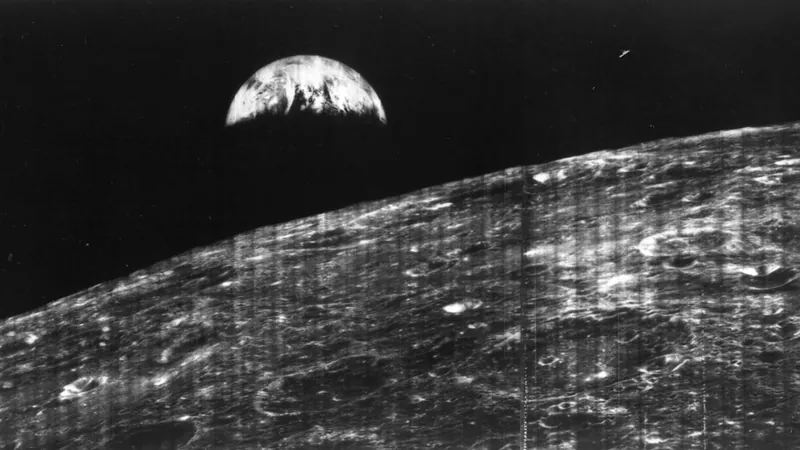

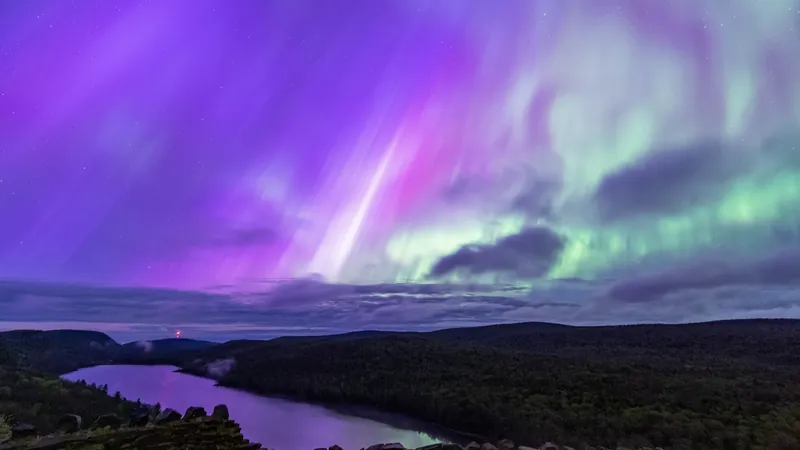



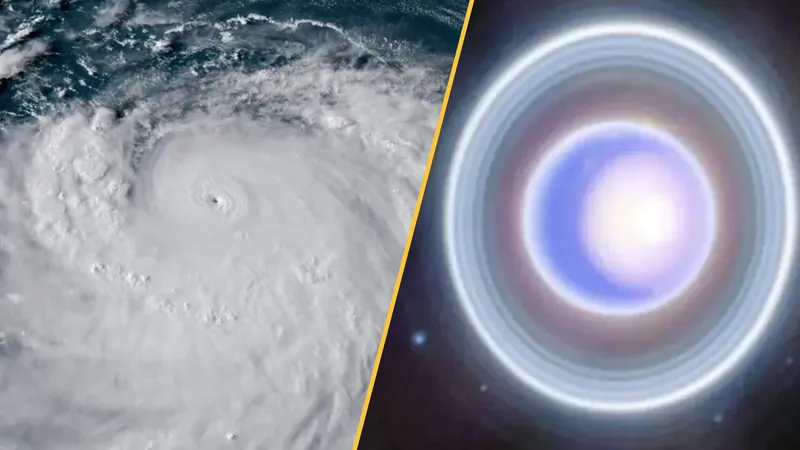

 Brasil (PT)
Brasil (PT)
 Canada (EN)
Canada (EN)
 Chile (ES)
Chile (ES)
 Česko (CS)
Česko (CS)
 대한민국 (KO)
대한민국 (KO)
 España (ES)
España (ES)
 France (FR)
France (FR)
 Hong Kong (EN)
Hong Kong (EN)
 Italia (IT)
Italia (IT)
 日本 (JA)
日本 (JA)
 Magyarország (HU)
Magyarország (HU)
 Norge (NO)
Norge (NO)
 Polska (PL)
Polska (PL)
 Schweiz (DE)
Schweiz (DE)
 Singapore (EN)
Singapore (EN)
 Sverige (SV)
Sverige (SV)
 Suomi (FI)
Suomi (FI)
 Türkiye (TR)
Türkiye (TR)
 الإمارات العربية المتحدة (AR)
الإمارات العربية المتحدة (AR)